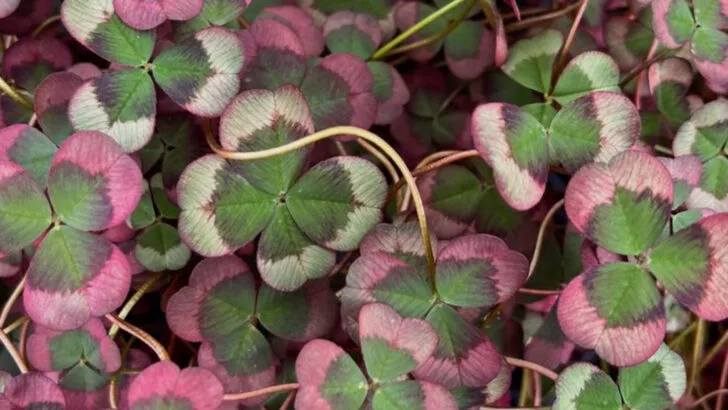You don’t need a fancy garden or a trip to the farmer’s market to enjoy delicious, fresh produce. All around you—in fields, forests, parks, and even along sidewalks—there are wild edible plants quietly thriving, just waiting to be discovered. Many of them are not only safe to eat but packed with flavor and nutrients that rival anything on the shelf.
The best part? These wild edibles often require no care, no watering, and no planting. Nature does all the work for you. Plus, many of them are more flavorful than their cultivated cousins, especially when picked fresh and at the right time. Once you learn to recognize them, you’ll start spotting them everywhere.
We’ve rounded up 15 edible wild plants you can likely find growing near you—no matter where you live. And yes, many of them taste better than store-bought versions. This list might just change how you see the “weeds” around your neighborhood.
Dandelion Greens
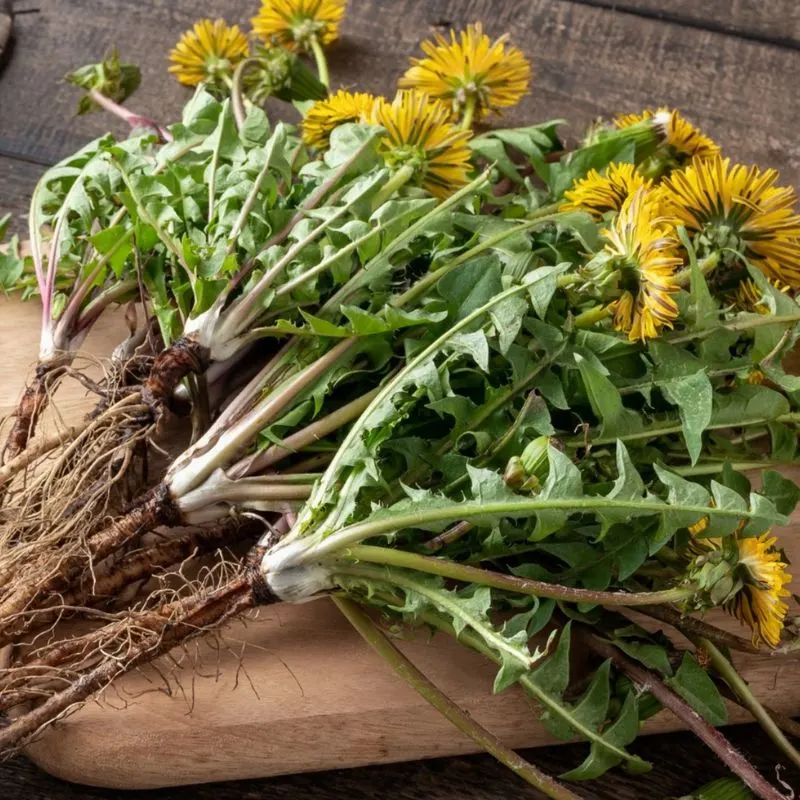
Often dismissed as weeds, dandelions are culinary treasures waiting to be discovered. Their leaves offer a delightful bitterness that pairs beautifully with salads. These greens are packed with vitamins A, C, and K, making them a nutritious addition to your diet.
Beyond salads, dandelion greens can be sautéed with garlic for a quick, flavorful side dish. Picture a sun-drenched meadow where these vibrant plants thrive—nature’s way of gifting us fresh, organic greens.
Search for young leaves; older ones can be tough and overly bitter. Try them, and you might forget they were ever pesky weeds.
Wild Garlic
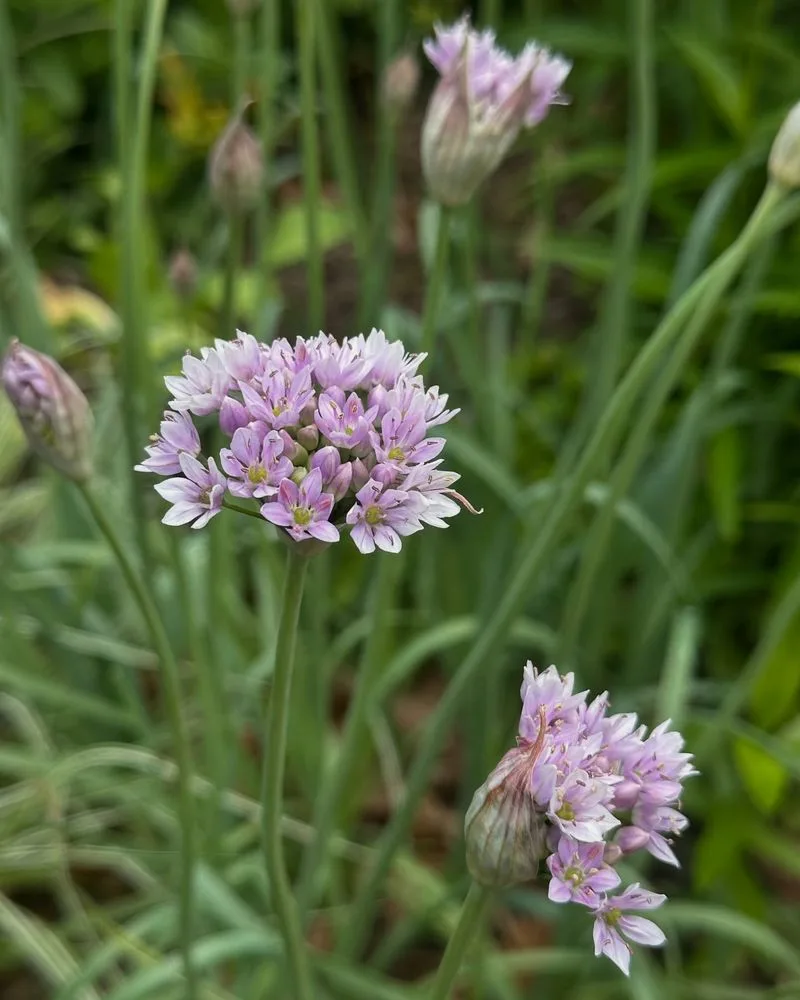
With its distinctive aroma, wild garlic is a forager’s delight. Found in woodlands, it has long, slender leaves and delicate white flowers. The flavor is milder than cultivated garlic, adding a subtle kick to dishes.
These leaves are fantastic in pestos or simply tossed in a salad. As you wander through the woods, the unmistakable scent guides you to this wild treasure.
Harvest responsibly; taking only what you need ensures there’ll be more next season. Discovering wild garlic is like uncovering a culinary secret hidden beneath the forest canopy.
Chickweed
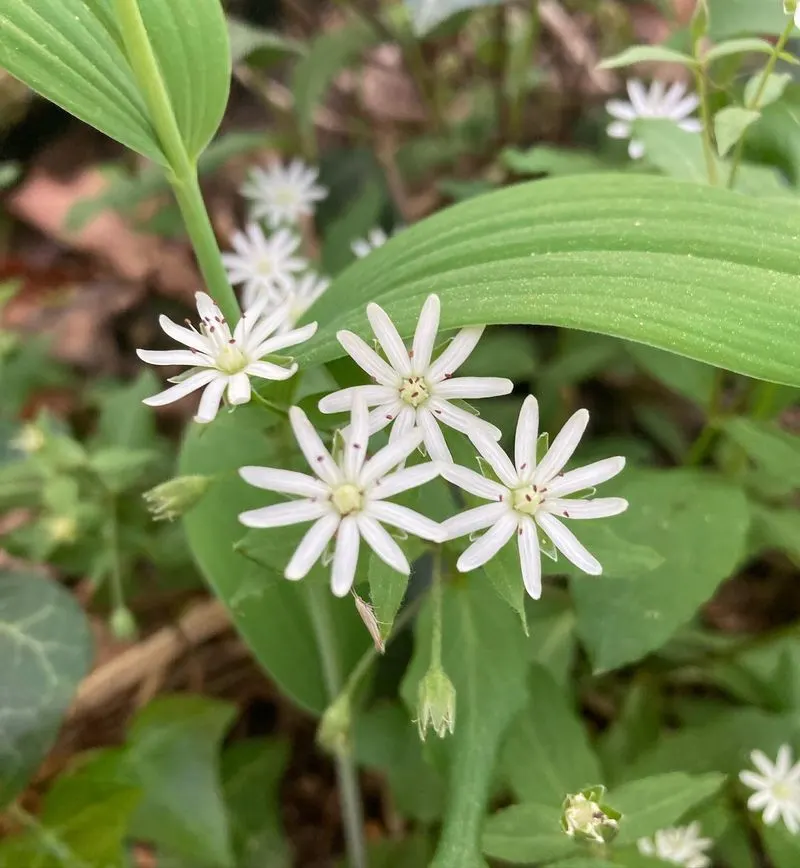
Chickweed, with its dainty white flowers, often carpets garden beds, overlooked by many. Yet, this little plant is a powerhouse of nutrition, rich in vitamins and minerals.
Its mild, sweet taste makes it a versatile addition to any dish, from sandwiches to soups. As you stroll through a sunny garden, chickweed’s subtle beauty catches the eye, inviting you to savor its freshness.
Chickweed can be a delightful surprise for those new to foraging, offering a new perspective on what truly defines a weed. Embrace this gentle plant in your culinary adventures.
Nettle
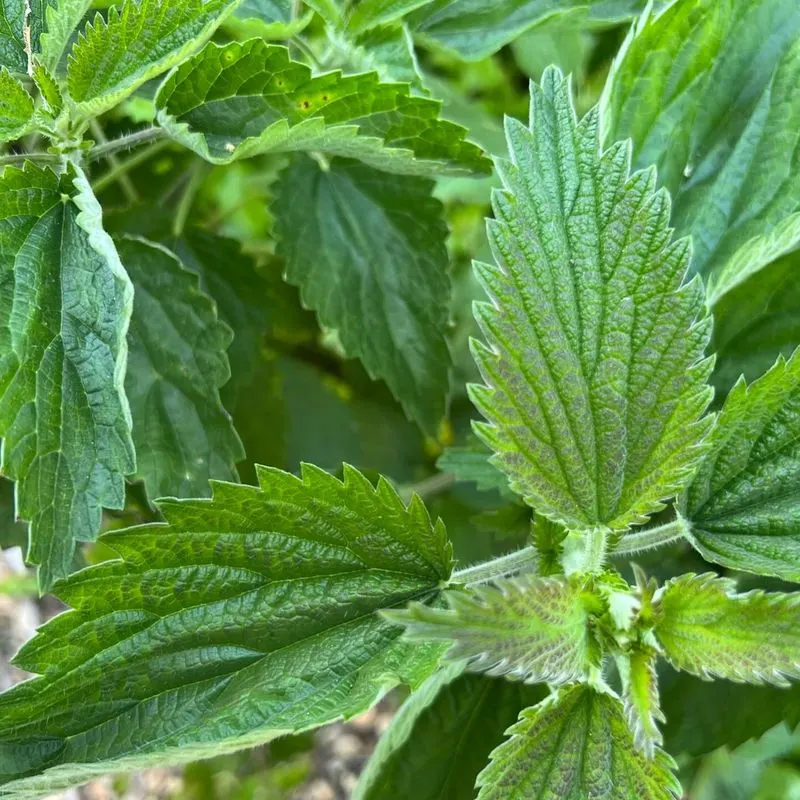
Nettles might sting at first touch, but once cooked, they transform into a culinary delight. Known for their iron-rich content, nettles make a nutritious and hearty soup ingredient.
Boiling them neutralizes their sting, revealing a flavor reminiscent of spinach. In a lush forest, these plants thrive, offering both challenge and reward to foragers.
Always wear gloves when harvesting to avoid their sting. The effort pays off, as nettles can become a staple in your kitchen, providing both nourishment and a unique taste.
Wood Sorrel
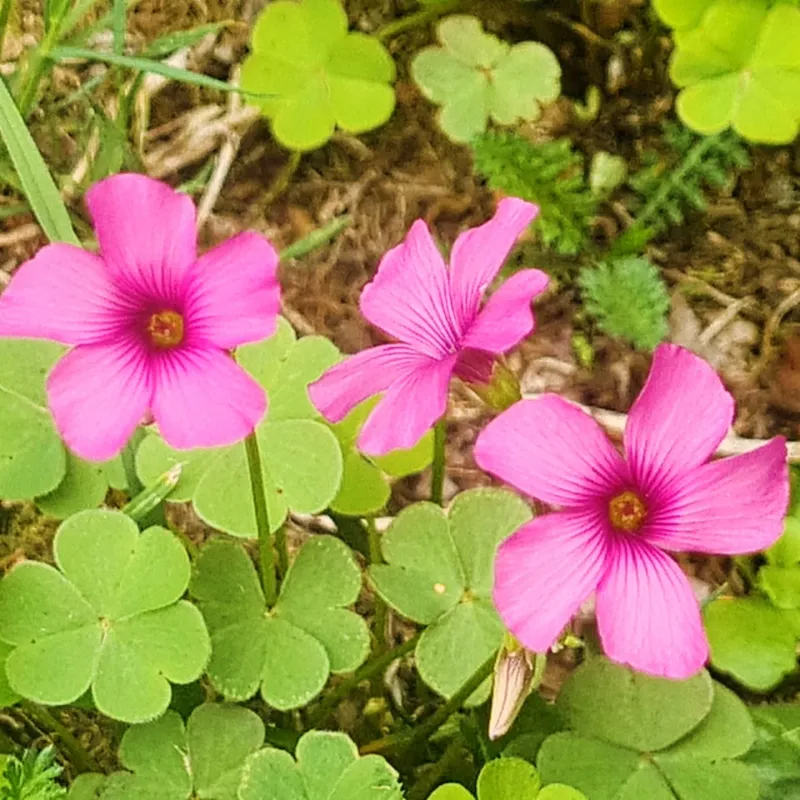
With heart-shaped leaves, wood sorrel offers a tangy lemon flavor that surprises the taste buds. Often found in shady forests, it adds a zing to salads and sauces.
This plant is not just tasty but also a feast for the eyes, with its delicate yellow flowers brightening the forest floor. Its distinct sourness is a refreshing twist in a world of greenery.
Incorporate wood sorrel into your dishes for an unexpected citrusy kick. It’s nature’s way of adding a touch of zest to your outdoor dining experiences.
Purslane
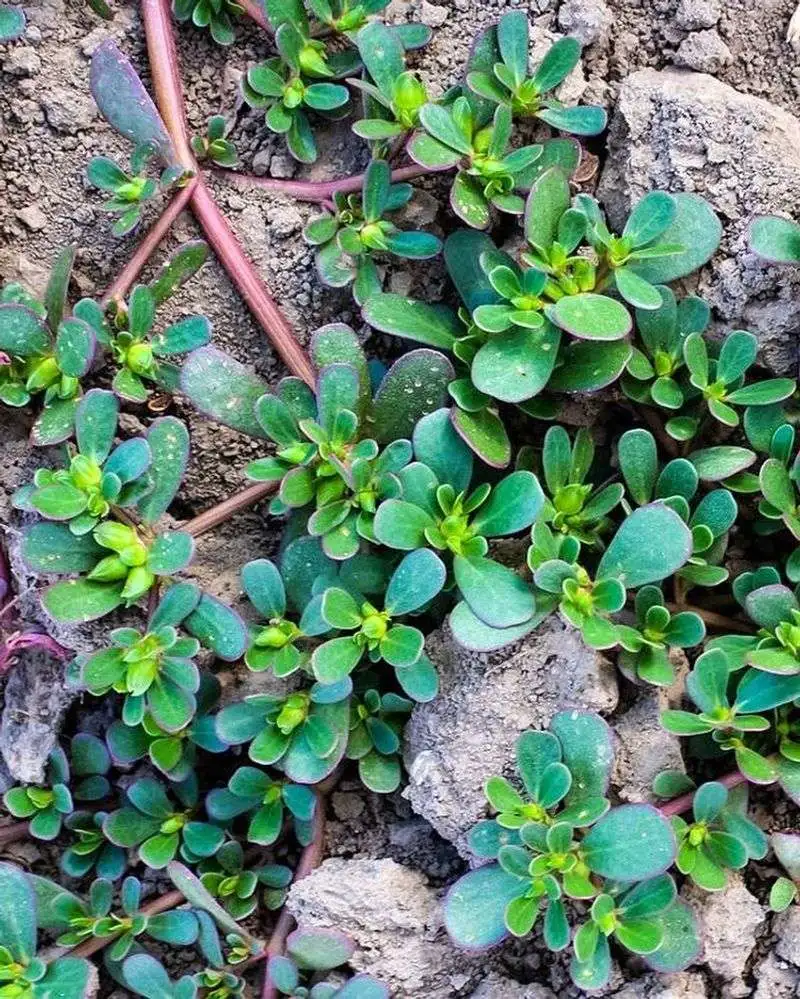
Purslane might grow in the cracks of your driveway, but it’s a nutritional powerhouse. Packed with omega-3s, it rivals some of the healthiest greens.
The fleshy leaves have a slightly sour and salty flavor, perfect for salads or as a garnish. Imagine a sunlit garden where purslane thrives, defying odds and expectations.
Embrace its resilience and add this succulent green to your meals. Purslane’s humble appearance belies its potential to elevate your culinary creations with its unique taste and texture.
Wild Strawberries

Tiny and bursting with flavor, wild strawberries are nature’s candy. Their sweet, aromatic taste is unmatched by store-bought varieties. Found in open fields and forest edges, they are a delightful find.
These berries are worth the search, offering a sweet treat that’s healthy and refreshing. Picture a forest floor, where these vibrant red jewels hide among the green foliage.
Foraging for wild strawberries is a joyful pursuit, adding a burst of natural sweetness to your outdoor adventures. They remind us of the simple pleasures found in nature’s bounty.
Lamb’s Quarters
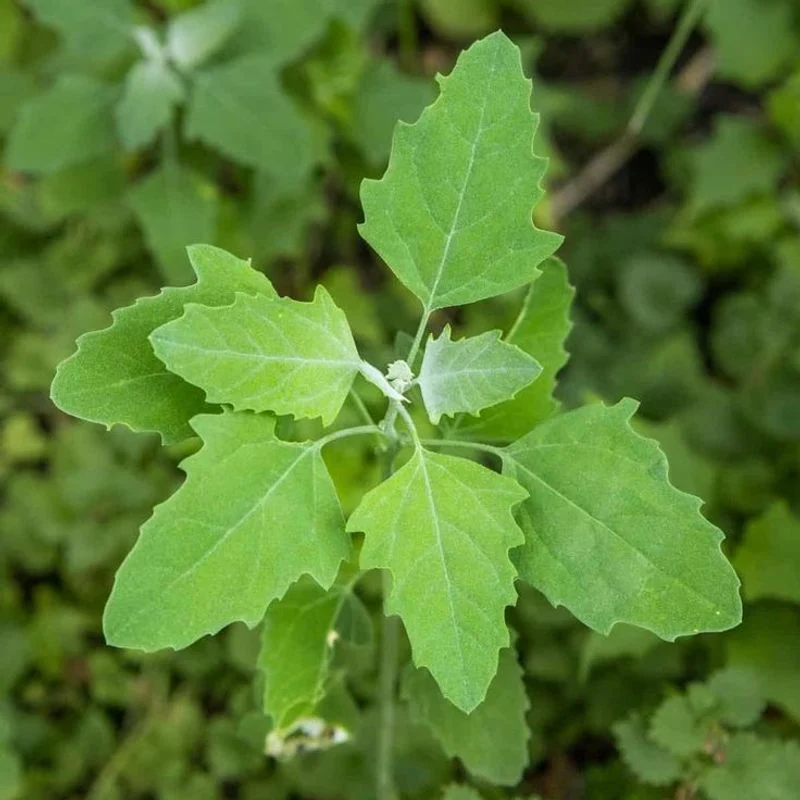
Sometimes called wild spinach, lamb’s quarters is a nutritional gem in disguise. The leaves have a mild, nutty flavor, making them an excellent substitute for spinach.
Often found in sunny fields, this plant thrives where others might not. With its powdery leaves, it stands out as a beacon of health in the plant world.
Include lamb’s quarters in your diet for a boost of vitamins and minerals. This wild plant proves that some of the best greens are free and waiting in nature’s pantry.
Elderflowers

The delicate elderflower, with its sweet floral scent, transforms ordinary drinks into aromatic wonders. Often found in hedgerows, these white blossoms are a forager’s delight.
They can be infused to make cordials or added to desserts for a fragrant twist. Imagine a sunny day where elderflowers bloom, filling the air with their enchanting aroma.
Adding elderflowers to your culinary repertoire offers a glimpse into the art of crafting subtle, aromatic flavors. Their presence in nature is both fleeting and magical, waiting to be captured in a bottle.
Burdock Root
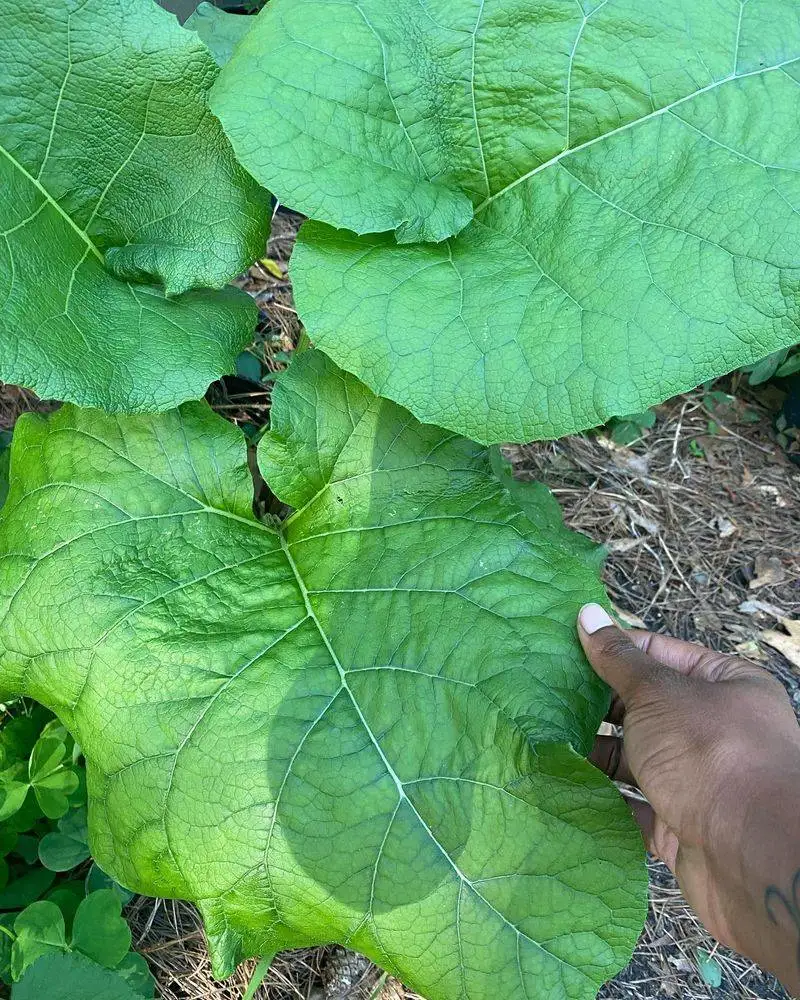
Burdock root might be an acquired taste, but it’s revered for its health benefits. This taproot is often used in herbal medicine and offers a unique earthy flavor.
Found in rich soil, burdock is a symbol of resilience and strength, reaching deep into the earth for nourishment. It can be roasted, steamed, or even pickled to add depth to your meals.
Discovering burdock root is like finding nature’s way of nurturing our bodies from the inside out. Its presence in the wild is a reminder of the richness that lies beneath the surface.
Wild Asparagus

Wild asparagus, renowned for its delicate flavor, is a true springtime treat. Often found in open fields, these slender spears are more flavorful than their cultivated cousins.
Harvesting them is an exercise in patience and precision, as they blend seamlessly into their surroundings. Picture a field where these green shoots rise with the promise of a fresh, seasonal delight.
Including wild asparagus in your meals brings a touch of elegance and authenticity. Foraging for it is a rewarding experience that connects us with the changing seasons.
Fiddleheads
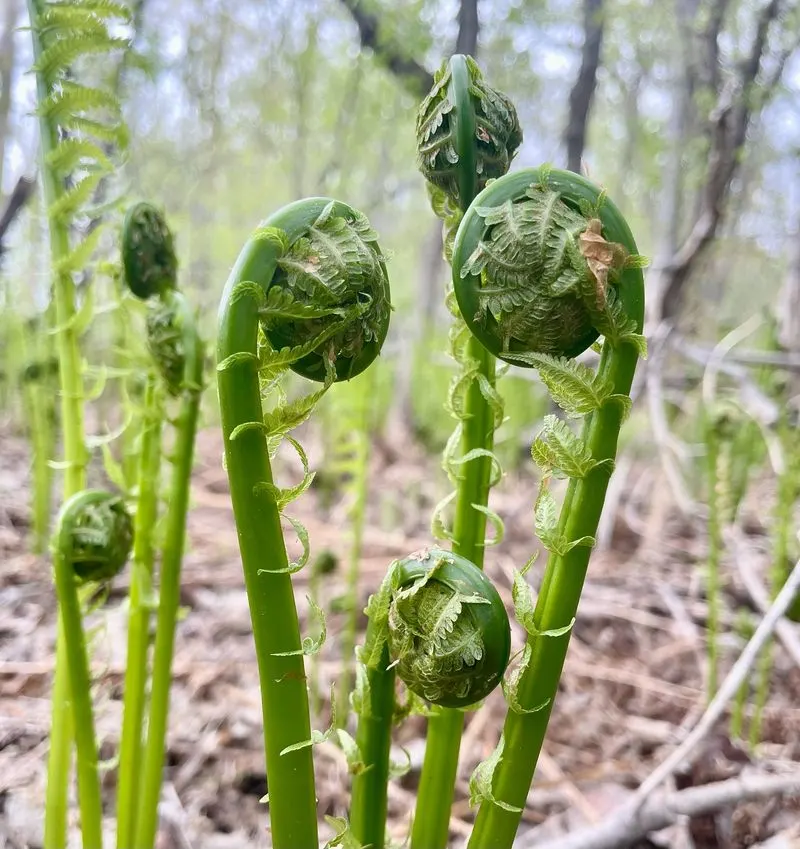
Fiddleheads, the young coiled fronds of a fern, offer a taste that is both unique and fleeting. Their texture is a cross between asparagus and green beans, perfect for adventurous palates.
Found in moist woodlands, they are a springtime delicacy that calls to those who seek seasonal treasures. Their unique spiral shape is as intriguing as their flavor.
Incorporating fiddleheads into your dishes adds an element of surprise and sophistication. As a forager, finding fiddleheads is akin to discovering a well-kept culinary secret.
Clover
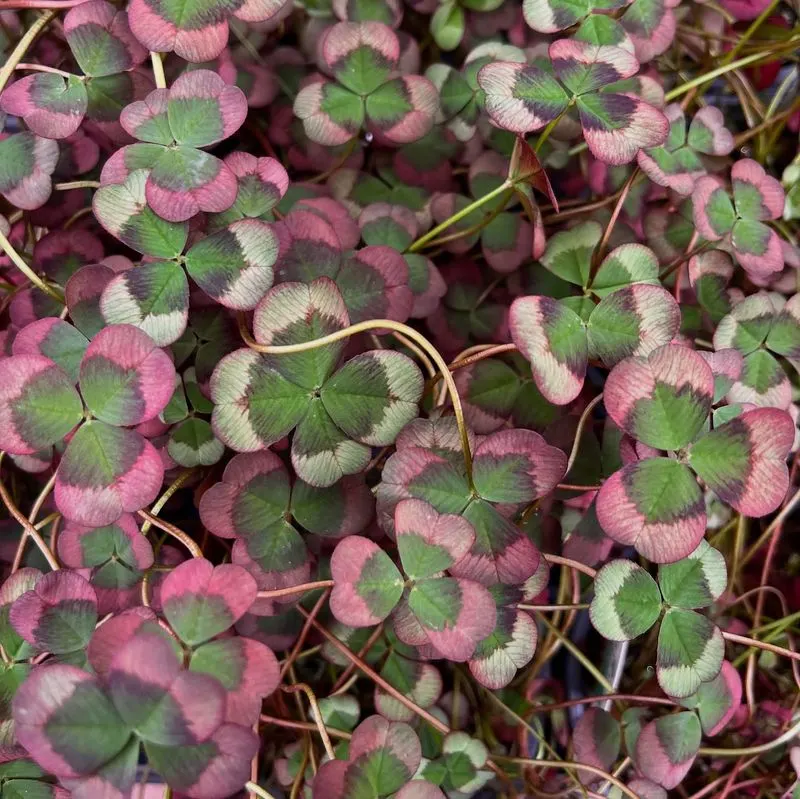
Clover is more than just a symbol of luck; it’s a versatile plant with edible leaves and flowers. The sweet, nutty taste of clover flowers can enhance salads, while the leaves add a mild flavor to dishes.
In a sunlit meadow, clover beckons with its cheerful blooms, offering more than just aesthetic pleasure. Its presence is a reminder of nature’s generosity and abundance.
Including clover in your culinary experiments brings a touch of whimsy and nostalgia. This humble plant invites you to rediscover its culinary potential, beyond its traditional associations.
Hawthorn Berries
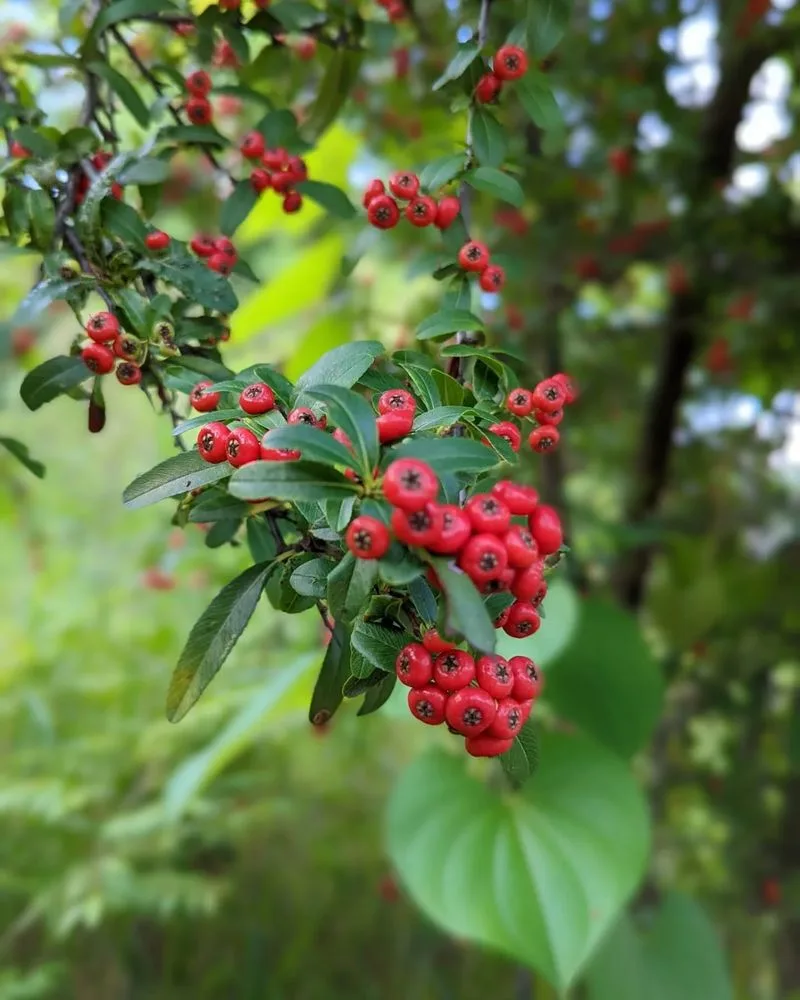
Hawthorn berries, with their tartness, are a fall favorite for those who appreciate bold flavors. These red berries grow on thorny bushes and are often used in jams, jellies, and wines.
As you wander through an autumn landscape, hawthorn berries catch your eye with their vibrant color, a signal of the changing season. Their tart flavor is a delightful contrast to sweeter fruits.
Embracing hawthorn berries in your kitchen adventures adds a layer of complexity and tradition. These berries are a nod to ancient culinary practices, offering both taste and history.

